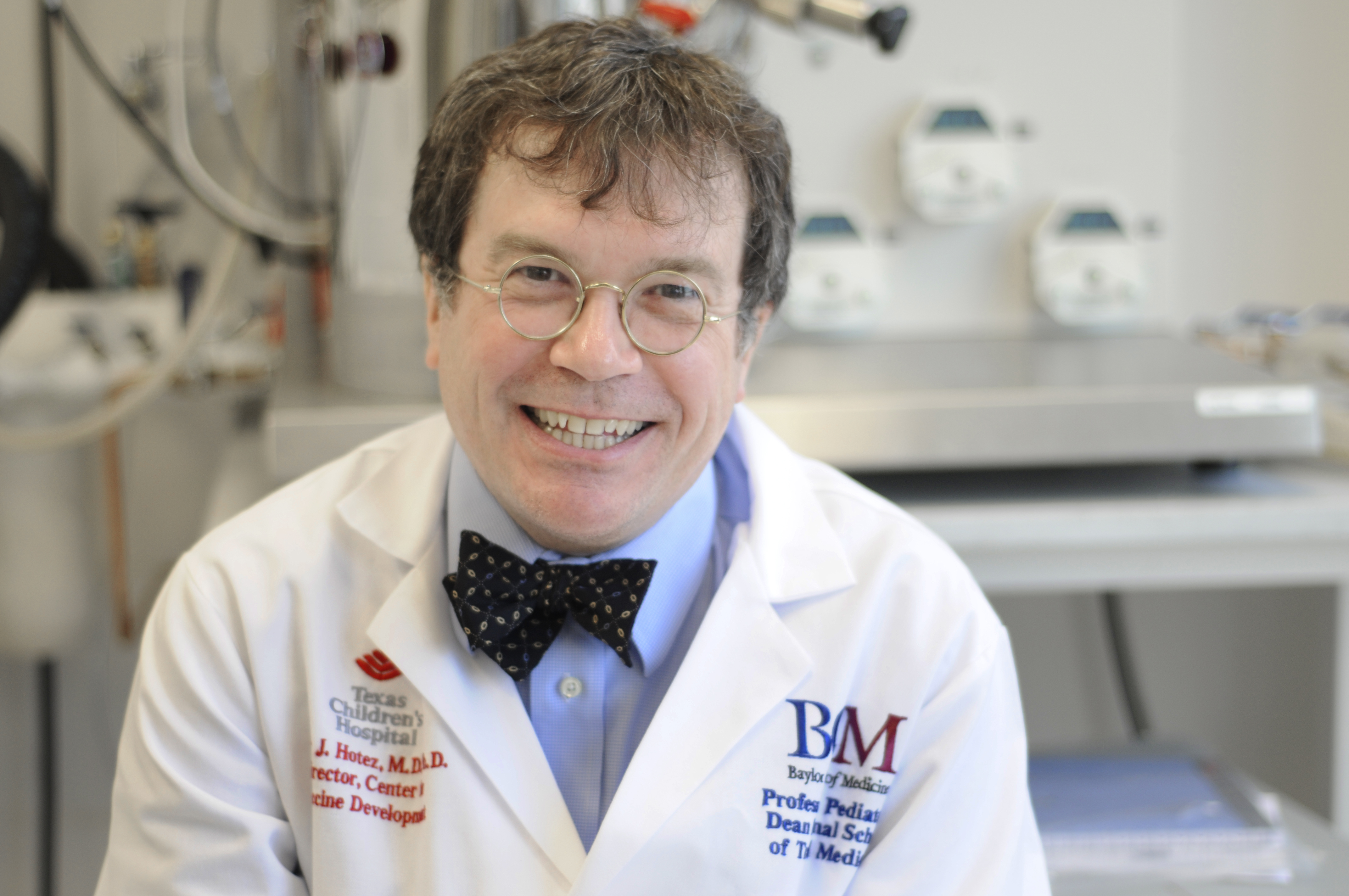How we’re tackling socioeconomic determinants of skin cancer knowledge in Texas
Texas has one of the highest UV indexes in the U.S. Excess sun exposure can lead to various types of skin cancer and exacerbate skin damage over time, making it is important to reduce sun exposure early to prevent cumulative damage. Teenagers and children are important populations to teach lifelong sun protective practices to reduce their risk of skin cancer. In fact, one of the U.S. Department of Health of Human Services Healthy People 2030 goals is to reduce the number of sunburns among high schoolers.
To help address this cancer prevention goal, we started a Houston branch of John Wayne Cancer Foundation’s (JWCF) Block the Blaze program (BTB) at Baylor College of Medicine in 2020. We turned our initiative into a college-wide student organization so medical, physician assistant and graduate students could volunteer to give virtual presentations about melanoma and sun protection. Baylor students contacted local middle and high schools in Houston, Dallas and the Rio Grande Valley, and we have reached more than 2,000 students with more than 50 presentations to date.
Most JWCF Block the Blaze presentations occurred at schools in underserved zip codes. We collaborated with local researchers at MD Anderson to adapt a 2001 survey that was used in Houston and Dallas to assess melanoma knowledge in teenagers. We assessed melanoma knowledge through a quiz given to students right before the presentation. We also added questions asking students about their demographic background, including age, grade, race, parent education level, gender and whether they are first-generation American. 
Our study findings were striking: certain demographic characteristics traditionally tied to lower socioeconomic status were associated with lower melanoma knowledge. Racial minorities and male students scored lower on the quiz overall and those whose parents hold graduate degrees scored higher. Similar to the 2001 study from which the survey was adapted, older students and higher grade levels scored higher.
These results have encouraged our Baylor student organization to continue targeting our presentations to disadvantaged zip codes. Our collaboration with JWCF and different school districts has established a strong relationship where BTB is now permanently established in Fort Bend Independent School District as a melanoma education program for the K-12 classes in the district. In addition, school districts in Austin, San Antonio, Lubbock and suburbs in the Houston area were part of this initial expansion, and we are working to ensure that students in these school districts also have access to melanoma prevention resources.
Our current expansion not only focuses on individual school districts, but we aim to affect policy. Baylor BTB is in touch with the Texas Board of Education and in collaboration with JWCF, we are finding ways to make melanoma education a required element in the Texas curriculum.
Our dream is to ensure that our work can spread through the entire state and then the entire nation to drastically reduce the incidence of melanoma over the next couple of decades.
By Dina Zamil and Shangyi Fu, fourth-year medical students at Baylor College of Medicine, Dr. Zeena Nawas, assistant professor of dermatology and the director of the Cosmetics and Laser Center at Baylor College Medicine, and Dr. Ida Orengo, chair and professor of dermatology at Baylor College of Medicine



